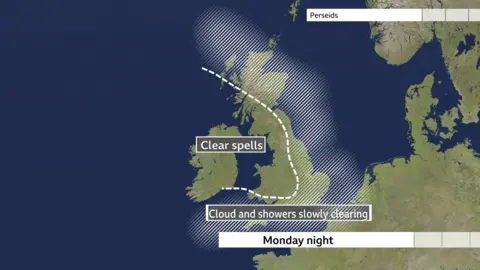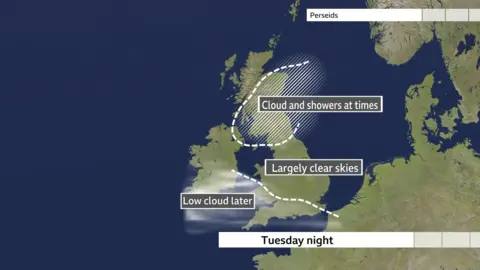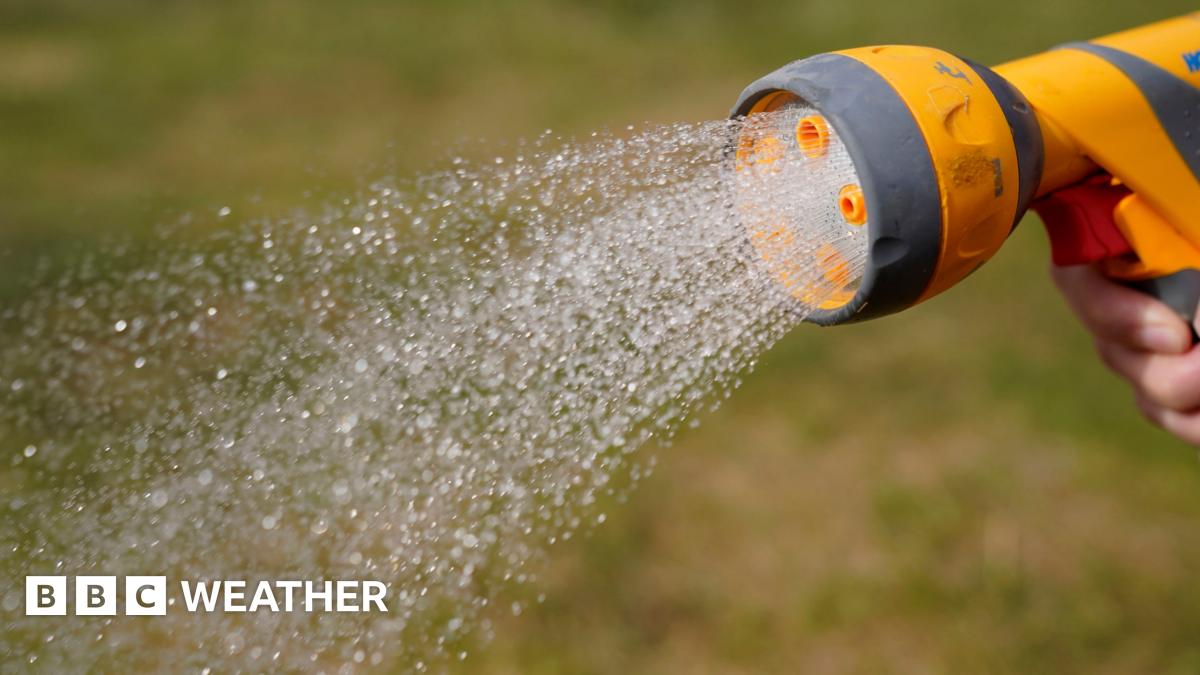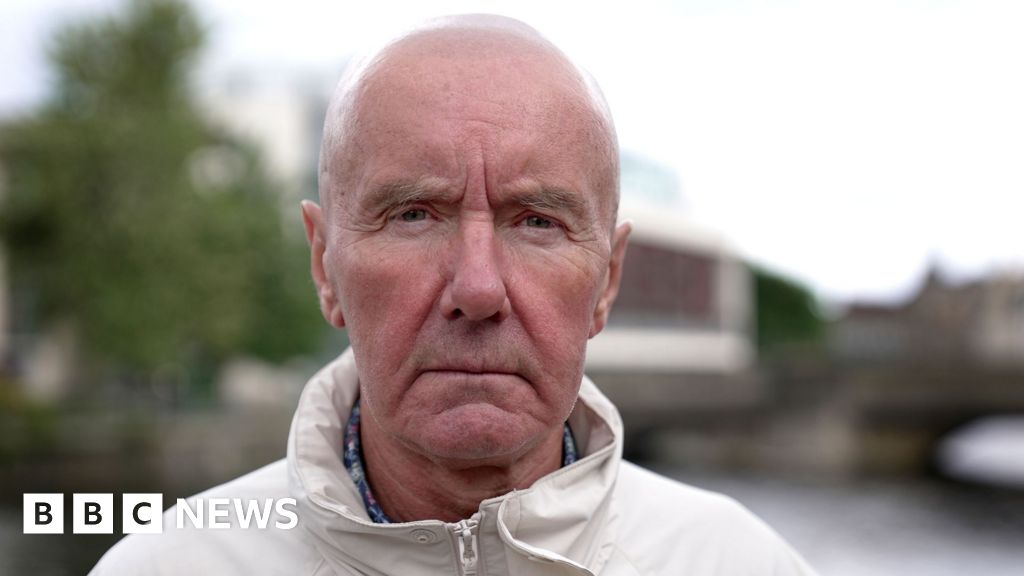Maddie Molloy
Climate and science reporter

 Getty Images
Getty Images
Stargazers will soon be treated to what could be one of the year's most dazzling displays, with the Perseid meteor shower reaching its peak on Monday and Tuesday nights.
The shower lights up the skies each summer, and is known for its bright, fast-moving meteors - often dubbed "shooting stars".
However, visibility could be affected by bright moonlight from the recent Sturgeon Moon, making it harder to see the fainter streaks.
The Perseids are visible to the naked eye - but local weather will play a major role, so check your forecast before heading out.
What is the Perseid meteor shower?
Meteor showers occur when Earth passes through trails of dust and debris left behind by comets or asteroids.
The Perseids come from a comet called Swift–Tuttle, which orbits the Sun once every 133 years.
The comet's dust particles enter Earth's atmosphere at speeds of about 37 miles (59 kilometres) per second.
As they do so, they burn up, creating the bright flashes we call meteors.
The Perseids have been observed for nearly 2,000 years, with some of the earliest records from ancient China.
They are named after the constellation Perseus, from which the meteors appear to originate.
How and when can you watch the Perseids?
The peak times for the Perseids in 2025 are the nights of 11-12 and 12-13 August, according to Finn Burridge, science communicator at the Royal Observatory Greenwich.
Activity will be slightly greater on 12 August but conditions should be similar on both nights, he added.
Meteors tend to increase after midnight, with the best viewing just before sunrise, though some may be visible earlier in the night.
But this year the peak coincides with a bright Sturgeon Moon, which reached its full phase on 9 August and will still be quite luminous.
"This year's peak unfortunately lines up with a full Moon meaning even in dark sky areas it will be impossible to see the full 100 meteors per hour," said Mr Burridge.
"However, [the Sturgeon Moon] is no reason not to go out and enjoy the shower - it is still likely that you will see at least 1 or 2 fireballs per hour, even with a full moon," he added.
For darker skies, consider viewing on nights between 16 and 26 August, though meteor activity will be lower.
"Dates nearer to the shower's peak offer the best chance, but this also coincides with the full Moon," said Mr Burridge.
"After the full Moon is more likely the better time to view, since the Moon will rise later in the night, so I would recommend the peak nights as well as weekend of 16 and 17 August," he added.
Mr Burridge gave a few tips to "maximise your chances of seeing a shooting star".
- Make sure you can see as much of the sky as possible, with no buildings, trees, or hills blocking your view.
- Lie on your back and look upwards, as meteors can appear anywhere in the sky.
- View from somewhere away from the bright lights of towns or cities - but make sure you have some water, a charged phone, and that you have told someone where you are going.
- Be patient. The more time you spend outside, the more likely you are to see one. It takes at least 20 minutes of dark conditions for your eyes to adapt to the dark.
Will the weather cooperate?
Most parts of the UK will sit under fairly cloudy skies though the first half of Monday night, although there will be glimpses of clearer skies too, especially for parts of Northern Ireland, north-west England and southern Scotland.
There will also be some showers around at times, particularly affecting Wales and northern Scotland.
Later in the night, however, conditions are expected to improve for most areas as cloud gradually melts away.
So perhaps the best prospects of viewing the Perseids tonight will be during the early hours of Tuesday morning for most.


On Tuesday evening, most parts of the UK should see either totally clear skies or long clear intervals.
After sunset, areas of cloud and scattered showers are likely to develop across parts of Northern Ireland and the far north-west of England for a time, before drifting into central and southern Scotland.
Another area of low cloud will gradually move in to obscure skies in parts of southern England and south Wales.
The areas likely to keep the clearest skies throughout the night are northern England, north-east Wales, the Midlands and East Anglia.


Check BBC Weather for the forecast in your area.
Additional reporting by Sarah Keith-Lucas

 2 months ago
64
2 months ago
64

















































